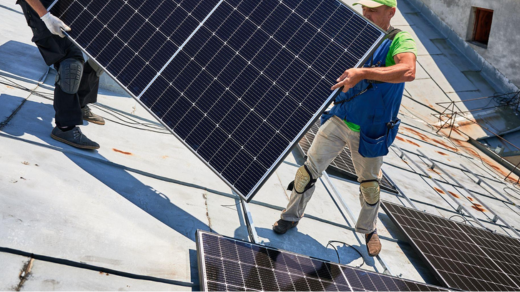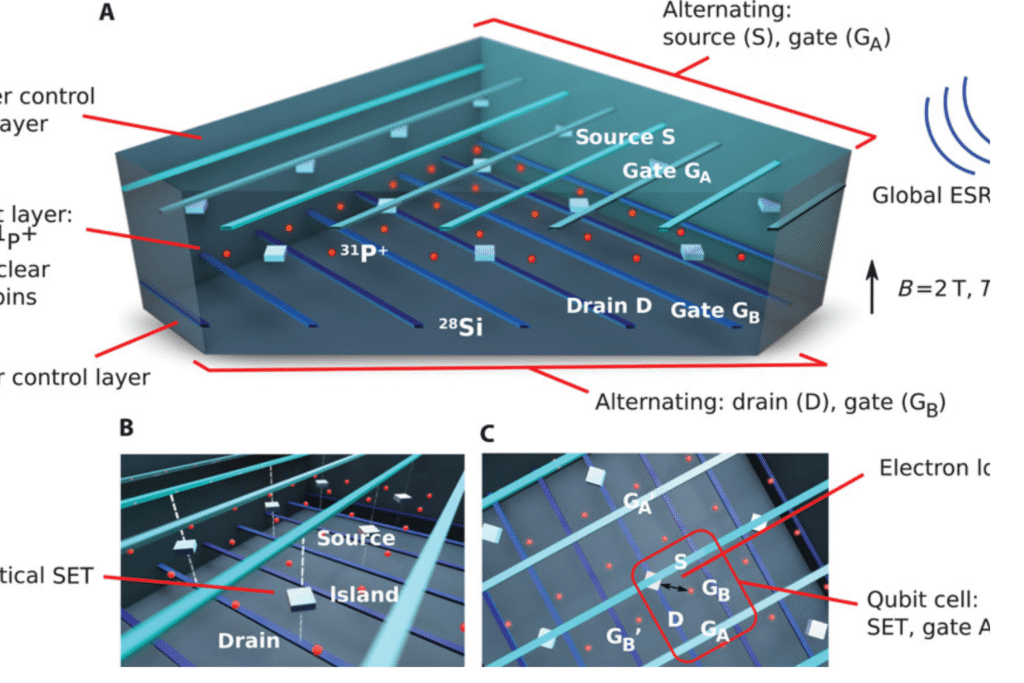
The residential solar revolution has moved beyond early adopter phase into mainstream acceptance, driven by dramatic cost reductions, improved technology, and growing awareness of energy independence benefits. What once seemed like an expensive environmental statement has become a practical investment delivering immediate returns while providing long-term energy security. This transformation opens solar adoption to diverse homeowners seeking control over their energy future.
The New Economics of Residential Solar
Solar economics have undergone revolutionary changes in recent years. Panel costs have plummeted by over 90% in the past decade while efficiency has steadily increased. Installation techniques have streamlined, reducing labor costs. Combined with rising utility rates, these factors create compelling financial propositions for most homeowners with suitable roof exposure.
Residential solar panels now generate electricity at costs competitive with or below utility rates in many markets. This grid parity milestone transforms solar from subsidized alternative energy into mainstream economic choice. Payback periods have shortened from decades to single digits. Return on investment calculations show solar competing favorably with traditional financial instruments.
Understanding Modern Solar Technology
Contemporary solar panels bear little resemblance to early generations. Modern monocrystalline silicon cells achieve efficiencies exceeding 20%, extracting maximum energy from available sunlight. Advanced coatings reduce reflection losses and self-clean through hydrophobic properties. Improved temperature coefficients maintain efficiency during hot conditions that degraded older panels.
Panel durability has increased dramatically through better encapsulation materials and frame designs. Manufacturers confidently offer 25-year production warranties, with expected lifespans exceeding 30 years. Degradation rates below 0.5% annually ensure decades of reliable generation. This longevity transforms solar installations into long-term infrastructure investments rather than depreciating equipment.
Aesthetic Integration and Architectural Harmony
Early solar installations prioritized function over form, resulting in visually intrusive arrays that many homeowners found objectionable. Modern approaches emphasize aesthetic integration through multiple strategies. All-black panels eliminate the traditional blue-silver patchwork appearance. Sleek mounting systems minimize visual bulk while improving wind resistance.
Innovative products like solar shingles integrate generation capability directly into roofing materials. Building-integrated photovoltaics transform entire surfaces into generation assets while maintaining architectural integrity. These aesthetic improvements remove major adoption barriers for appearance-conscious homeowners and neighborhoods with strict architectural guidelines.
The Installation Process Demystified
Professional solar installation follows systematic processes ensuring optimal performance and longevity. Site assessment begins with detailed shade analysis using specialized tools. Roof structural evaluation confirms load-bearing capacity. Electrical system review identifies necessary upgrades. This thorough planning prevents installation surprises and optimizes system design.
Modern installation techniques minimize roof penetrations through innovative mounting systems. Microinverters or power optimizers maximize production from partially shaded arrays. Smart monitoring systems provide real-time performance data accessible via smartphones. Professional installation typically completes within 1-2 days, minimizing household disruption.
Maximizing Solar Investment Returns
Optimizing solar investments requires holistic energy planning beyond simple panel installation. Energy efficiency improvements reduce system size requirements, improving economics. Smart home technology coordinates consumption with production patterns. Battery storage captures excess generation for evening use. These complementary strategies multiply solar investment benefits.
Time-of-use rate structures reward solar owners who shift consumption patterns. Running major appliances during peak production hours maximizes self-consumption value. Electric vehicle charging from solar production essentially provides free transportation fuel. Strategic consumption planning can double effective investment returns compared to passive approaches.
Navigating Incentives and Regulations
Government incentives significantly impact solar economics, though systems increasingly prove economical without subsidies. Federal tax credits provide substantial installation cost offsets. State and local programs offer additional rebates, performance payments, or tax advantages. Utility net metering programs credit excess production at retail rates.
Understanding and optimizing available incentives requires expertise. Professional installers navigate complex program requirements, ensuring customers capture maximum benefits. They handle interconnection applications, permit processes, and inspection coordination. This comprehensive service transforms potentially overwhelming bureaucracy into seamless project execution.
Solar Performance in Diverse Climates
Contrary to popular belief, solar performs well across diverse climates. Cold temperatures actually improve panel efficiency, offsetting shorter winter days. Snow reflection can boost production when panels clear. Modern panels generate significant power even under cloudy conditions. Germany’s solar success despite limited sunshine demonstrates technology viability.
System design adapts to local conditions for optimal performance. Steep mounting angles shed snow automatically in winter climates. Hurricane-rated mounting systems withstand extreme weather. Desert installations incorporate extra cooling considerations. Professional designers understand these regional optimizations, ensuring reliable performance regardless of location.
The Future of Residential Solar
Technological advances promise continued improvements in residential solar. Perovskite tandem cells may boost efficiencies beyond 30%. Bifacial panels capture reflected light from below. Integrated storage solutions create unified solar-plus-storage packages. Costs continue declining while performance improves, suggesting accelerating adoption ahead.
Grid modernization efforts increasingly rely on distributed solar generation. Virtual power plants aggregate residential systems for grid services. Peer-to-peer energy trading enables neighborhood energy sharing. These developments position early solar adopters advantageously for future energy market participation.
Conclusion
Harnessing the sun through modern residential solar represents one of the most impactful decisions homeowners can make for energy independence and financial security. Dramatic technology improvements, cost reductions, and aesthetic advances have eliminated traditional adoption barriers. Today’s solar installations deliver immediate savings while providing decades of clean, predictable energy. Professional design and installation ensure optimal performance tailored to specific homes and regional conditions. With compelling economics, proven reliability, and continuous technological advancement, residential solar has evolved from alternative energy experiment to mainstream investment. Homeowners who act now lock in energy cost certainty while contributing to grid resilience and environmental sustainability. The question is no longer whether residential solar makes sense, but how quickly homeowners can begin capturing these comprehensive benefits.



